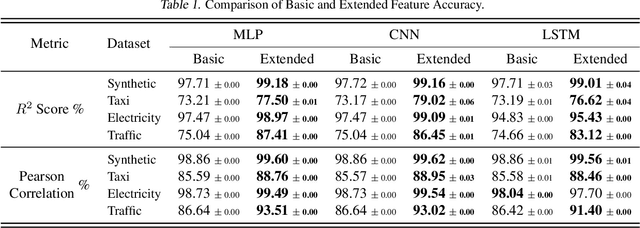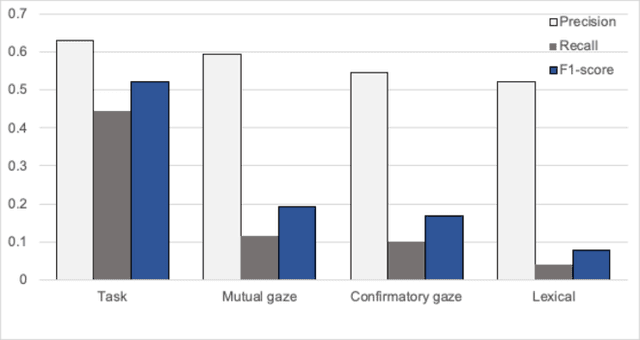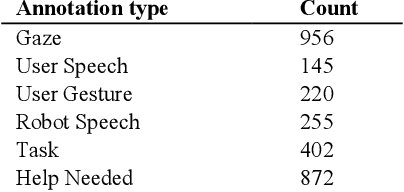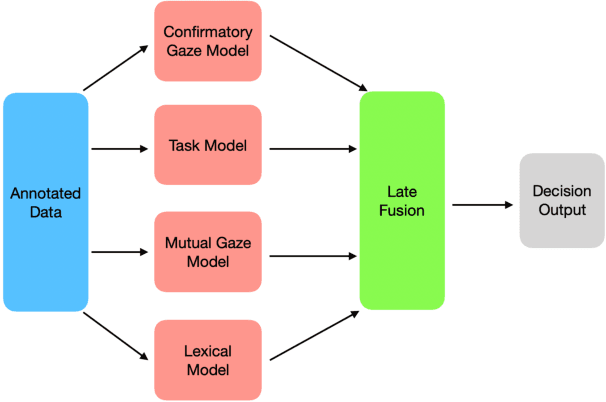Alex Reneau
A Theoretical Analysis of Discrete Flow Matching Generative Models
Sep 26, 2025Abstract:We provide a theoretical analysis for end-to-end training Discrete Flow Matching (DFM) generative models. DFM is a promising discrete generative modeling framework that learns the underlying generative dynamics by training a neural network to approximate the transformative velocity field. Our analysis establishes a clear chain of guarantees by decomposing the final distribution estimation error. We first prove that the total variation distance between the generated and target distributions is controlled by the risk of the learned velocity field. We then bound this risk by analyzing its two primary sources: (i) Approximation Error, where we quantify the capacity of the Transformer architecture to represent the true velocity, and (ii) Estimation Error, where we derive statistical convergence rates that bound the error from training on a finite dataset. By composing these results, we provide the first formal proof that the distribution generated by a trained DFM model provably converges to the true data distribution as the training set size increases.
NdLinear Is All You Need for Representation Learning
Mar 21, 2025Abstract:Many high-impact machine learning tasks involve multi-dimensional data (e.g., images, volumetric medical scans, multivariate time-series). Yet, most neural architectures flatten inputs, discarding critical cross-dimension information. We introduce NdLinear, a novel linear transformation that preserves these structures without extra overhead. By operating separately along each dimension, NdLinear captures dependencies that standard fully connected layers overlook. Extensive experiments across convolutional, recurrent, and transformer-based networks show significant improvements in representational power and parameter efficiency. Crucially, NdLinear serves as a foundational building block for large-scale foundation models by operating on any unimodal or multimodal data in its native form. This removes the need for flattening or modality-specific preprocessing. Ndlinear rethinks core architectural priorities beyond attention, enabling more expressive, context-aware models at scale. We propose NdLinear as a drop-in replacement for standard linear layers -- marking an important step toward next-generation neural architectures.
Differentially Private Kernel Density Estimation
Sep 03, 2024Abstract:We introduce a refined differentially private (DP) data structure for kernel density estimation (KDE), offering not only improved privacy-utility tradeoff but also better efficiency over prior results. Specifically, we study the mathematical problem: given a similarity function $f$ (or DP KDE) and a private dataset $X \subset \mathbb{R}^d$, our goal is to preprocess $X$ so that for any query $y\in\mathbb{R}^d$, we approximate $\sum_{x \in X} f(x, y)$ in a differentially private fashion. The best previous algorithm for $f(x,y) =\| x - y \|_1$ is the node-contaminated balanced binary tree by [Backurs, Lin, Mahabadi, Silwal, and Tarnawski, ICLR 2024]. Their algorithm requires $O(nd)$ space and time for preprocessing with $n=|X|$. For any query point, the query time is $d \log n$, with an error guarantee of $(1+\alpha)$-approximation and $\epsilon^{-1} \alpha^{-0.5} d^{1.5} R \log^{1.5} n$. In this paper, we improve the best previous result [Backurs, Lin, Mahabadi, Silwal, and Tarnawski, ICLR 2024] in three aspects: - We reduce query time by a factor of $\alpha^{-1} \log n$. - We improve the approximation ratio from $\alpha$ to 1. - We reduce the error dependence by a factor of $\alpha^{-0.5}$. From a technical perspective, our method of constructing the search tree differs from previous work [Backurs, Lin, Mahabadi, Silwal, and Tarnawski, ICLR 2024]. In prior work, for each query, the answer is split into $\alpha^{-1} \log n$ numbers, each derived from the summation of $\log n$ values in interval tree countings. In contrast, we construct the tree differently, splitting the answer into $\log n$ numbers, where each is a smart combination of two distance values, two counting values, and $y$ itself. We believe our tree structure may be of independent interest.
Feature Programming for Multivariate Time Series Prediction
Jun 09, 2023



Abstract:We introduce the concept of programmable feature engineering for time series modeling and propose a feature programming framework. This framework generates large amounts of predictive features for noisy multivariate time series while allowing users to incorporate their inductive bias with minimal effort. The key motivation of our framework is to view any multivariate time series as a cumulative sum of fine-grained trajectory increments, with each increment governed by a novel spin-gas dynamical Ising model. This fine-grained perspective motivates the development of a parsimonious set of operators that summarize multivariate time series in an abstract fashion, serving as the foundation for large-scale automated feature engineering. Numerically, we validate the efficacy of our method on several synthetic and real-world noisy time series datasets.
Supporting User Autonomy with Multimodal Fusion to Detect when a User Needs Assistance from a Social Robot
Dec 07, 2020



Abstract:It is crucial for any assistive robot to prioritize the autonomy of the user. For a robot working in a task setting to effectively maintain a user's autonomy it must provide timely assistance and make accurate decisions. We use four independent high-precision, low-recall models, a mutual gaze model, task model, confirmatory gaze model, and a lexical model, that predict a user's need for assistance. Improving upon our four independent models, we used a sliding window method and a random forest classification algorithm to capture temporal dependencies and fuse the independent models with a late fusion approach. The late fusion approach strongly outperforms all four of the independent models providing a more wholesome approach with greater accuracy to better assist the user while maintaining their autonomy. These results can provide insight into the potential of including additional modalities and utilizing assistive robots in more task settings.
 Add to Chrome
Add to Chrome Add to Firefox
Add to Firefox Add to Edge
Add to Edge